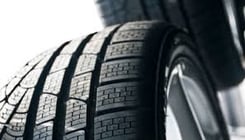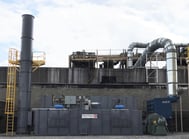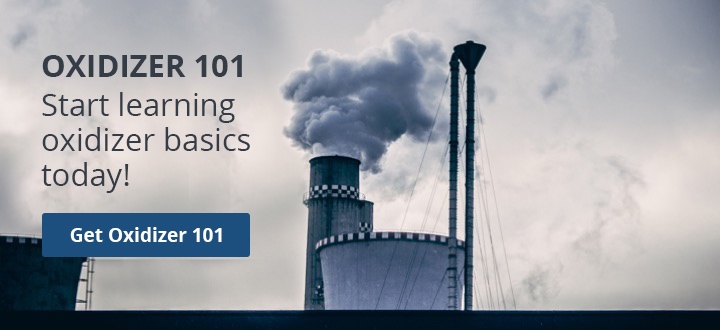Thermal treatment of VOCs and other air pollutants works by a simple reaction of the harmful hydrocarbon-based air pollutants with oxygen and heat. In this environment, the VOCs are chemically oxidized to form harmless inert by-products like CO2, water vapor (H2O) and usable heat. These harmless by-products are released to the atmosphere or used within primary or secondary energy recovery techniques to further lower the operational costs.
EPA Updated Rule - National Emission Standards for Hazardous Air Pollutants: Rubber Tire Manufacturing
In November 2023 the U.S. Environmental Protection Agency (U.S.EPA) published a proposed an amendment to the National Emission Standards for Hazardous Air Pollutants for Rubber Tire Manufacturing. There are currently no emission limits for the rubber processing subcategory of the Rubber Tire Manufacturing category. The EPA is looking to address this by proposal to establish maximum achievable control technology (MACT) limits for total hydrocarbons (THC). The proposed rule can be found here.
 How Regenerative Thermal Oxidizers (RTOs) are Used in Rubber Tire Manufacturing for VOC Control
How Regenerative Thermal Oxidizers (RTOs) are Used in Rubber Tire Manufacturing for VOC Control
A Regenerative Thermal Oxidizer (RTO) is typically the preferred oxidizer technology in rubber manufacturing because of the relatively low VOC concentrations within the process emissions and RTOs are generally the most thermally efficient thermal oxidizer.
The process exhaust from the mixing process also contains a significant amount of particulate carryover, which is routed to a particulate collection system, typically a baghouse, prior to be directed to the RTO.
Baghouses provide good uptime reliability, but from time to time bag breaks will occur and potentially go undetected for a period of time allowing some of the particulate into the airstream of the RTO system. The organic particulate that moves past the baghouse can be burned off during a bakeout cycle, but the inorganic particulate cannot be baked out and will build up over time inside the RTO heat exchanger. In these situations, some of the inorganic particulate may pass all the way through the system, however a portion will eventually build up within the heat exchanger leading to reduced thermal effectiveness, higher pressure drops, and eventual loss of airflow capacity. Each of these symptoms can lead to inefficient operation and potential compliance issues that will dictate unplanned downtime. A specific ceramic heat exchanger design minimizes the typical areas where plugging occurs, including areas designed for accumulation of the particulate and provides easy access for clean out. This reduces the potential for emergency outages and reduces planned maintenance downtime.



 How Regenerative Thermal Oxidizers (RTOs) are Used in Rubber Tire Manufacturing for VOC Control
How Regenerative Thermal Oxidizers (RTOs) are Used in Rubber Tire Manufacturing for VOC Control



